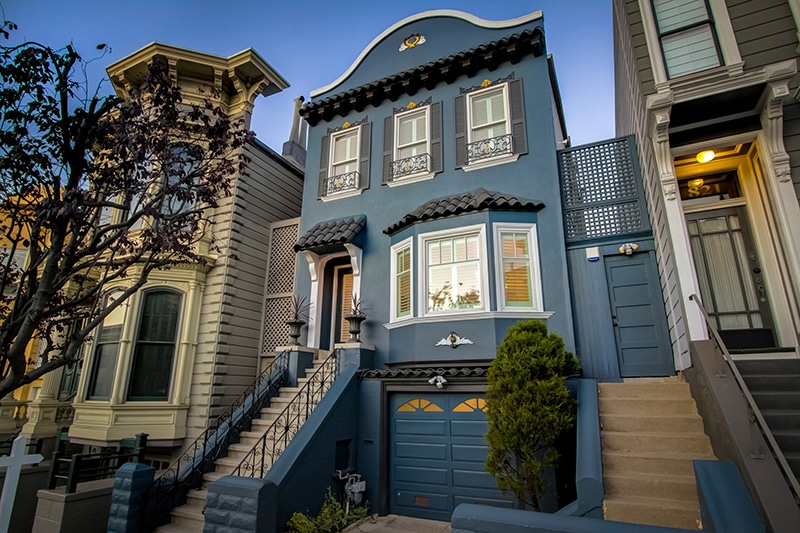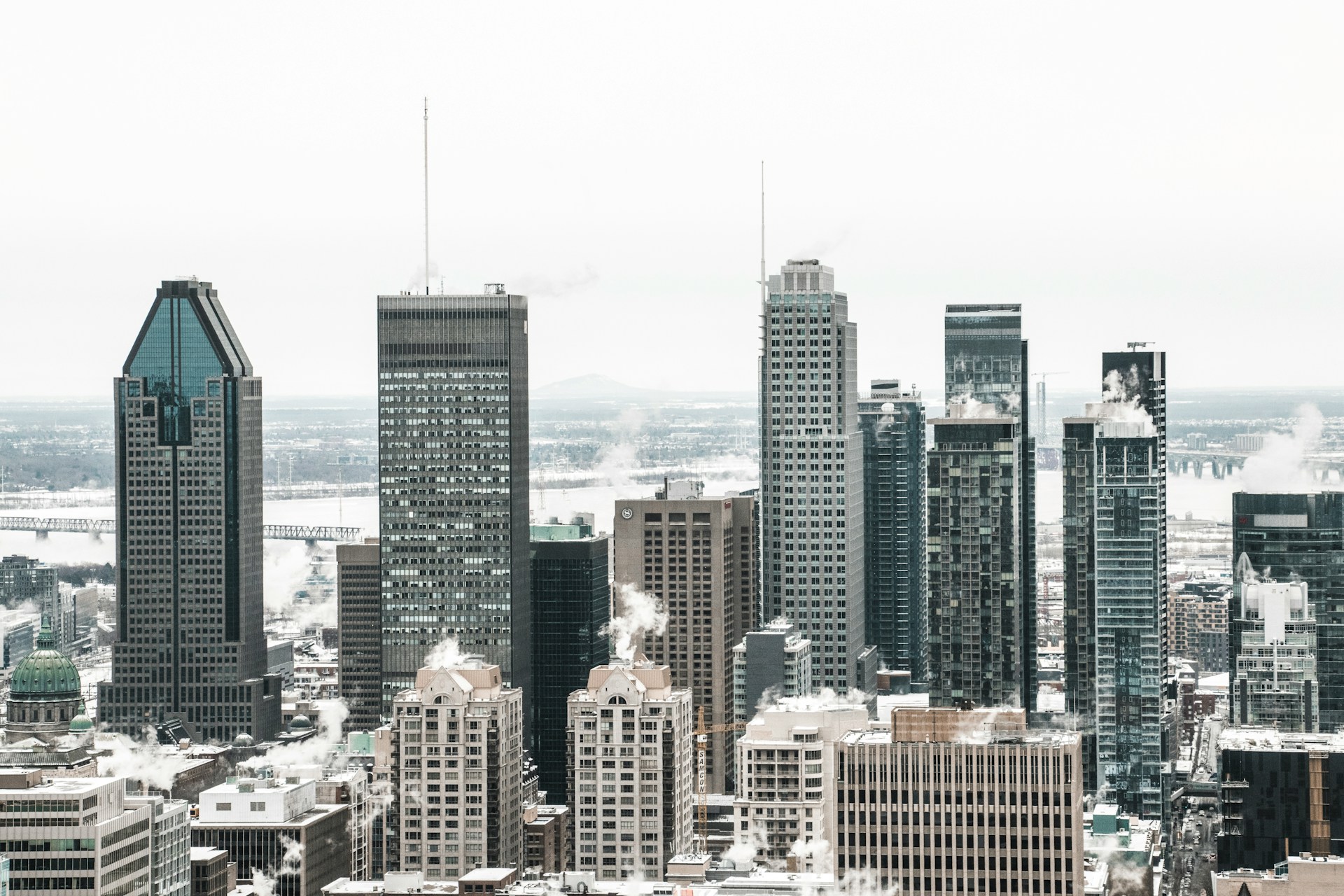Workers install a window at a construction site amid forecasts building costs will rise up to 10 per cent a year in the next few years. Photo: Roni Bintang.
Brisbane construction costs are forecast to jump another 10 per cent over the next year as the city continues to pay the price of an Olympic infrastructure rollout and a booming population.
Project advisory firm, WT, says the Queensland capital is leading the nation when it comes to building costs and warns “persistent underinvestment in industry capability” could trigger a new wave of cost pressures in the lead up to the 2032 Olympic and Paralympic Games.
In its latest Australian Construction Market Conditions Report, released today, WT forecasts a national 5.2 per cent increase in building costs and a 5 per cent rise for infrastructure in 2026.
Brisbane is forecast to lead the nation when it comes to building costs as it feels the pressure to deliver Olympic infrastructure.
MORE: ‘Idiot’: Aussie told to rip up lawn by council
Mirvac flips $233m flood-ravaged shopping centre site
But those costs are projected to rise to 6.4 per cent and 5.8 per cent, respectively, by 2028.
The report predicts Brisbane will lead the nation with a 10 per cent rise in building costs per year, while in Sydney and Melbourne, building costs are forecast to increase by an average of 4.75 to 5 per cent per year, as resources and labour shift north.
“The market may feel calmer right now, but this period of softness is unlikely to last,” WT construction economist Damon Roast said.
“With activity expected to ramp up sharply from 2027, particularly in south-east Queensland, the sector risks facing capacity bottlenecks reminiscent of the post-pandemic era.”
Monarch Residences in Toowong is under construction by Hutchinson Builders.
“The biggest concern isn’t just higher costs — it’s the sector’s ability to respond. Without sustained investment in people, capability and productivity, we could see escalation spike and delivery risks magnified.”
WT expects construction activity to remain near record highs through 2028, supported by housing, utilities, and major event infrastructure.
MORE: Shock big bank interest rate move
Brisbane suburbs go crazy: 18 hit $2m – five already past $3m
“Planning and capability investment today will determine how well the industry can handle the next upswing,” Mr Roast said.
Master Builders Queensland general manager policy and advocacy Dyan Johnson said she believed further cost increases could be mitigated with good planning.
The cost of building a house is only going to get more expensive – especially in Brisbane. Picture: Jason Edwards.
“For builders, it’s the unexpected costs that are the problem,” Ms Johnson said. “We do have this pipeline of work, and we’re not unique in this, so can’t draw from other states as we traditionally do when there’s a boom in one area, but we do have time.
“It’s going to be really important we’re on top of our supply chains.”
It comes as Infrastructure Australia’s latest Market Capacity Report found the nation’s construction workforce is facing a predicted shortage of 300,000 skilled workers by 2027, with regional Queensland set to suffer most from the shortfall.
Infrastructure Australia says we are facing a shortfall of 300,000 skilled construction workers by 2027. Photo: Lisa Maree Williams.
“Every report points to the same problem and with a looming pipeline of work, it’s only going to get worse,” Ms Johnson said.
Subsidising apprenticeships for employers, targeted migration, and improving productivity were the key factors to improving the situation, she said.
“For every new tradie we get, you get 2.4 new homes,” Ms Johnson said.
“Being able to unleash our workforce to be able to get on with the job and remove some of the red tape that’s taking away from that time on site is also really important. The government announcing the end of BPIC this week was a really important step forward.”



















 English (US) ·
English (US) ·